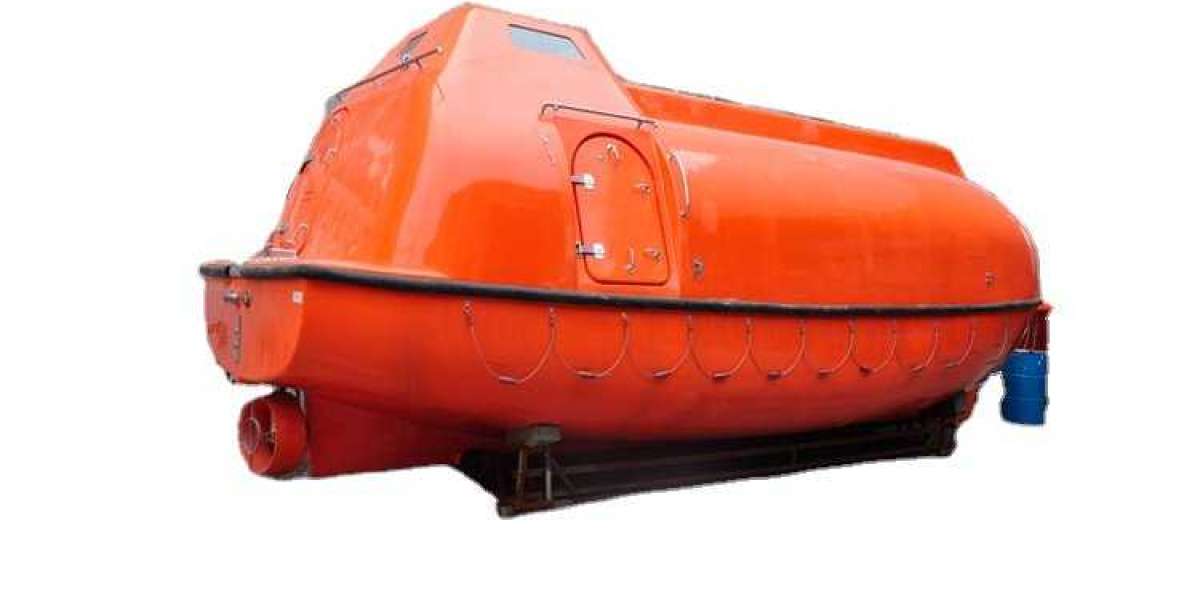Lifeboats are critical life-saving appliances on ships, offshore platforms, and other marine environments, designed to ensure crew and passenger survival during emergencies at sea. With maritime safety regulations becoming increasingly stringent and operational conditions often unpredictable, has become a top priority for shipowners, operators, and regulatory bodies alike.

Importance of Lifeboat Safety
The effectiveness of can mean the difference between life and death in emergencies such as vessel collisions, fires, grounding, or sinking. Ensuring their safety involves not only robust design and manufacturing but also continuous inspection, maintenance, and crew preparedness. Any failure in these aspects can severely compromise evacuation efficiency and endanger lives.
Advances in Lifeboat Design and Materials
such as fiber-reinforced plastics (FRP) for improved strength-to-weight ratios and enhanced resistance to corrosion. Streamlined hull designs improve stability in rough seas, while shock-absorbing seating and reinforced canopy structures provide better occupant protection from impact, weather, and heat exposure.

Integration of Safety Technologies
Technological advancements are significantly improving lifeboat safety. Features like automated release systems, GPS-enabled emergency position-indicating radio beacons (EPIRBs), radar reflectors, and high-visibility LED lighting improve detection and rescue coordination. Additionally, enhanced propulsion systems, including low-maintenance diesel engines and electric drive units, allow for more reliable maneuvering in adverse conditions.
Regulatory Compliance and Inspection
International conventions, particularly the International Convention for the Safety of Life at Sea (SOLAS), set strict requirements for lifeboat construction, launching, and maintenance. Regular inspections, load tests, and launching drills are essential to verify operational readiness. Many maritime authorities are also adopting stricter oversight on on-load release mechanisms to prevent accidental release incidents.

Crew Training and Drills
Even the most advanced lifeboat cannot ensure safety without trained operators. Realistic crew training, including simulated rough-sea launches, emergency repairs, and navigation exercises, is vital for efficient deployment. Increasingly, virtual reality (VR) and simulator-based training tools are being used to allow crews to practice emergency responses without real-world risk.
Future Outlook
The future of lifeboat safety is moving toward greater automation, predictive maintenance using IoT sensors, and integration with ship-wide safety management systems. These developments aim to minimize human error, increase readiness, and reduce evacuation times, thereby enhancing survival prospects in maritime emergencies.














